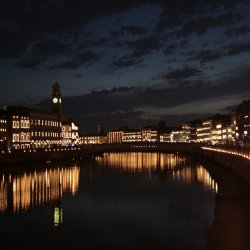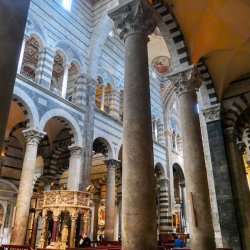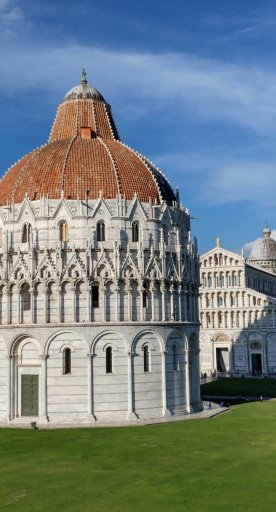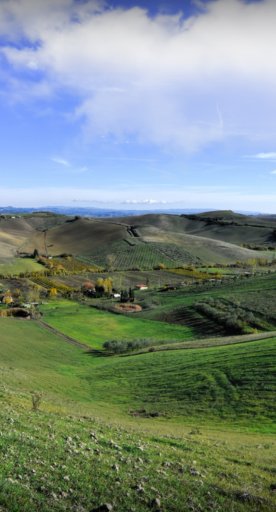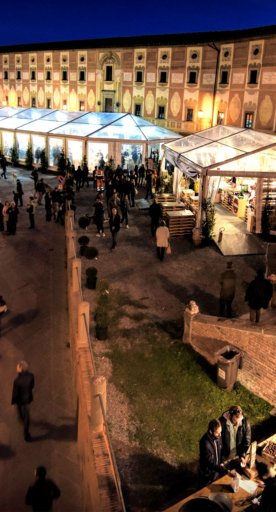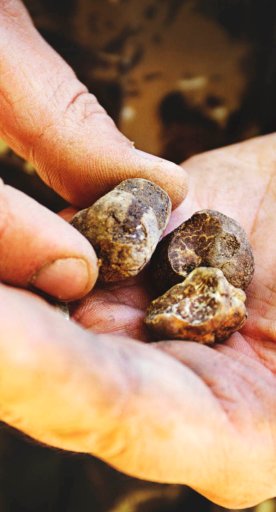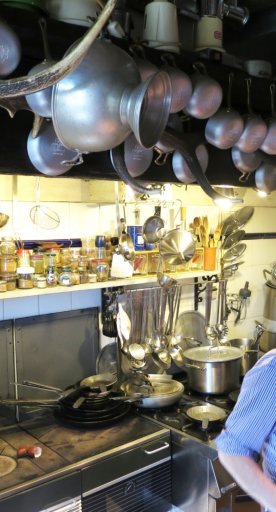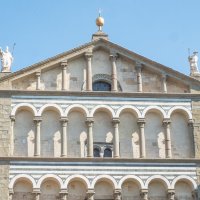

Biosphere Reserves in Tuscany
A network of excellence that crosses the planet
Biosphere Reserves consist of the terrestrial, coastal and marine ecosystems that significantly represent the territories to which they belong and conserve biodiversity while promoting sustainable use of places.
In this sense, they are true laboratories for sustainable development, seeking to provide local solutions to global challenges.
Biosphere reserves are all over the world, in Italy there are 20 and 3 are in Tuscany. Let’s discover them together!
-
1.Tuscan Islands Biosphere Reserve
-
2.Selve Costiere di Toscana Biosphere Reserve
-
3.Appennino Tosco-Emiliano Biosphere Reserve
Tuscan Islands Biosphere Reserve

The Tuscan Islands Biosphere Reserve was recognized in 2003 and is composed of seven islands - Gorgona, Capraia, Elba, Pianosa, Montecristo, Giglio and Giannutri - that hold precious treasures of biodiversity, an extraordinary geological and geo-mineral heritage, as well as testimonies of remarkable historical, archaeological and cultural value.
More than 30,000 people live permanently in the reserve, devoted mainly to summer tourist activities, and there are about 30 prehistoric sites, numerous Etruscan sites - related to mining activities - and some remains of Roman villas - in Portoferraio, Procchio, Giglio harbor and Pianosa.
The Biosphere Reserve areas fall within land and marine areas under full protection of the Tuscan Archipelago National Park, the largest marine park in Europe and an integral part of the International “Pelagos” Sanctuary for Marine Mammals.
The reserve is characterized by an area of undeniable beauty due to the many inlets that can often only be reached by sea and the steep, wild slopes: an area to explore one island at a time to discover marine habitats and all the animals that are part of them, such as the Corsican seagull and peregrine falcon.
Not to be forgotten is the gastronomic tradition characterized by simple dishes made with tasty and delicious ingredients, many from, precisely, the sea.
Selve Costiere di Toscana Biosphere Reserve

Recognized in 2004, the Selve Costiere di Toscana Reserve is located along the coast between Pisa, Viareggio and Livorno.
The Reserve is rich in biodiversity and includes dunes, pine forests and agricultural areas.
About 70,000 people live in the reserve, whose main economic activities are fishing, farming, organic livestock and tourism.
The Reserve Authority is the Migliarino, San Rossore and Massaciuccoli Park, a true natural paradise to explore and discover.
The reserve encompasses an area that unmistakably represents the characteristics of this extraordinary stretch of coastline, including forests, beaches and coastal scrub.
Natural, historical and cultural excellences coexist in the reserve, such as the Certosa di Calci Museum, the agrarian landscapes of the hills and, last but not least, the thermal baths.
Appennino Tosco-Emiliano Biosphere Reserve

The area of the Appennino Tosco-Emiliano Reserve is located on the Apennine mountain range - in the northern part - and is characterized by a unique feature: being a focal point of the Euro‑Mediterranean climatic frontier.
For this reason and because it has a very significant geological heritage, it has always been characterized by a multitude of habitats: the presence of numerous species related to the climatic peculiarities of the area have always coexisted with human presence, in a context of absolute balance.
Here man, over the centuries, has not only selected/introduced new species, but also adapted to and exploited the natural resources present.
The Tuscan-Emilian Apennine National Park is part of this area, which is characterized by gentle mountains - easily accessible and walkable in all seasons - and ideal for relaxing and enjoying its cultural, natural and gastronomic landscapes.
A true natural botanical garden, rich in biodiversity and incredible views perfect for those who love mountains, trekking and all high-altitude sports, both in summer and winter. You can get everywhere easily - even on foot - thanks to a trail network that involves the entire ridge.
Also noteworthy are the routes for all that provide access to a very wide range of users - starting with families with children, but also for all those with special needs.
Fifteen facilities in the area host National Park information points to find information and curiosities in an easy and accessible way.



